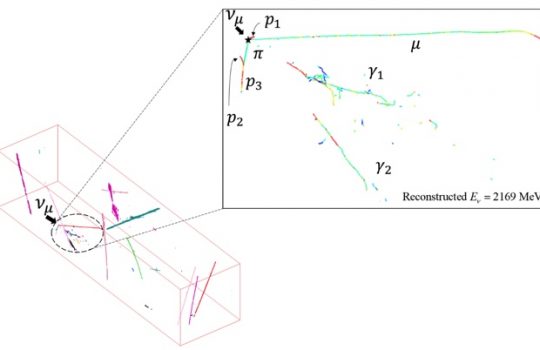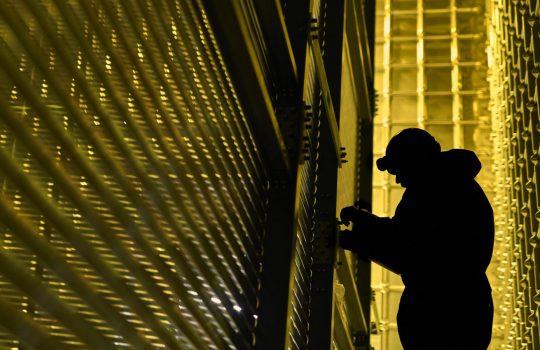ProtoDUNE’s argon filling underway
CERN, April 12, 2024
CERN’s ProtoDUNE has entered a pivotal stage: the filling of one of its two particle detectors with liquid argon. The liquid argon will provide a clean environment for precise measurements in neutrino interactions and allow scientists to detect and study neutrino interactions.


